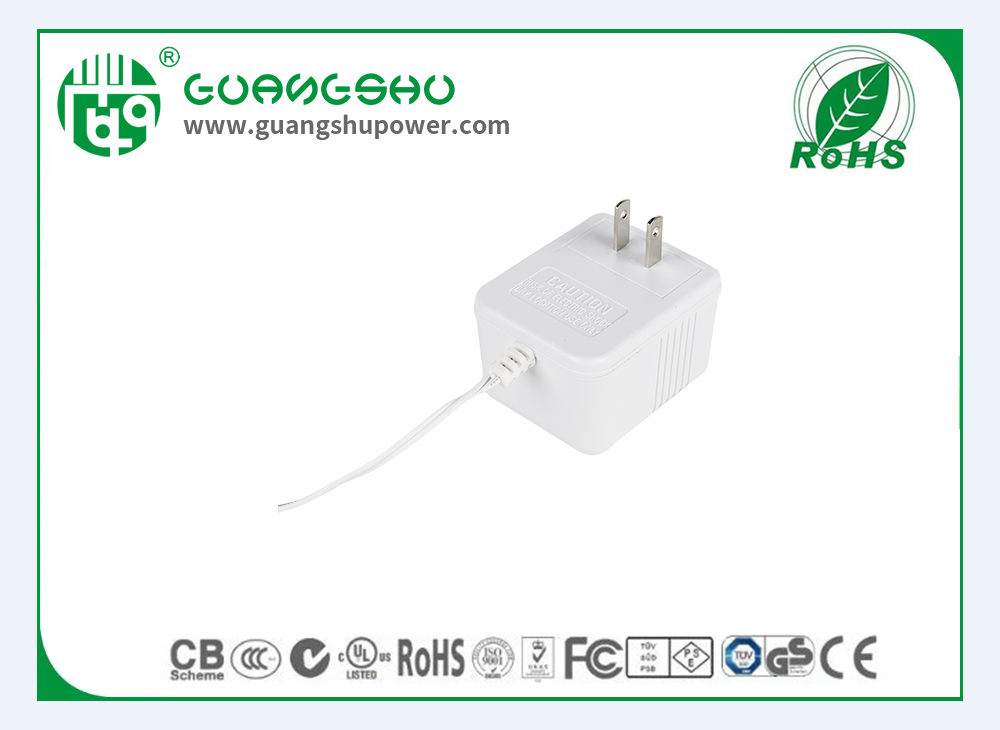Time:2025-04-08 Views:0

Power adapters are ubiquitously used electronic devices, and their environmental adaptability significantly impacts their performance, reliability, and lifespan. Temperature is a crucial environmental factor. In high - temperature environments, the internal components of power adapters, such as capacitors and transistors, may degrade more rapidly. For instance, electrolytic capacitors, commonly used in power adapters for filtering purposes, have a limited temperature range. When exposed to temperatures above their rated limit, the electrolyte inside may evaporate, reducing the capacitance value and affecting the adapter's ability to provide a stable output voltage. In low - temperature conditions, problems like reduced battery charging efficiency and potential damage to plastic housing due to brittleness may occur.
Humidity is another important factor. High humidity can lead to moisture ingress into the adapter, causing short - circuits or corrosion of internal components. Condensation on circuit boards can create conductive paths, disrupting the normal operation of the adapter. To address this, many power adapters are designed with moisture - resistant coatings on the circuit boards. Additionally, proper ventilation and sealing are crucial to prevent moisture from entering the adapter enclosure.
Electromagnetic interference (EMI) is also a concern. Power adapters need to be shielded to prevent interference from external electromagnetic fields, as well as to minimize the emission of EMI to avoid affecting other electronic devices. Manufacturers often use metal enclosures or conductive shielding materials to isolate the adapter from EMI sources and contain its own electromagnetic emissions.
Read recommendations:
Troubleshooting Power Adapter Issues
60W Interchangeable ADAPTER Customizde.Precautions for Power Adapter Storage